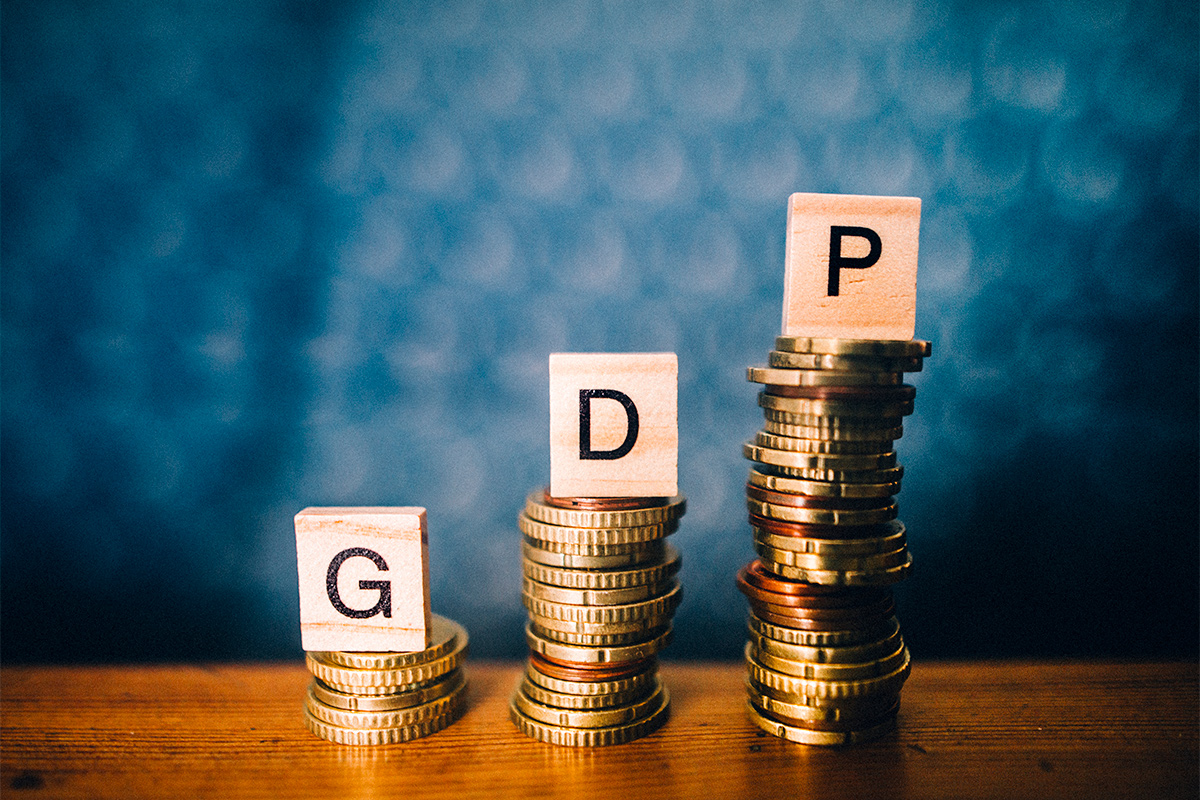The government last week reported that the economy, as measured by the country’s gross domestic product (GDP), expanded by a stronger-than-expected 8.3 per cent in the first quarter, the fastest pace in the region that brought the Philippines’ output back to pre-pandemic levels. The growth has been traced to increased consumer spending following the reopen- ing of more business establishments, as well as increased production as more economic sectors ~ especially manufacturing, wholesale and retail trade, and transportation ~, escalated operations.
While the robust first-quarter economic performance puts the country on track to hit the 7-9 per cent GDP growth target for 2022, Socioeconomic Planning Secretary Karl Kendrick Chua pointed out the need for the succeeding administration to continue the policy reforms instituted by the Duterte administration. To avoid a possible reversal in economic growth, Chua suggested that the incoming Ferdinand Marcos Jr. administration should build on the inroads started by his predecessor. Not a few economists are worried about how the presumptive President would handle the economy, given the very few details so far revealed about his economic agenda. Experts have suggested that Marcos Jr. should take another look into his campaign promise to suspend the rice tariffication law and increase government cash aid to vulnerable sectors badly hit by the prolonged pandemic as these would put pressure on the government’s limited resources. Economic think tanks have warned that these acts could further increase the country’s already swollen debt and put the Philippines’ investment-grade credit ratings at risk.
Advertisement
In a May 10 report, Oxford Economics assistant economist Makoto Tsuchiya and lead economist Sian Fenner warned that distributing more cash aid will result in an expansionary fiscal policy that, in turn, can lead to bigger debts and budget deficits.
Chua also explained that only targeted subsidies for the poor workers, while liberalized rice trade since 2019 not only brought down the price of this staple but also provided billions of pesos in financial support to local farmers hurt by the influx of cheaper imports.
Overall, economists believe that the son and namesake of the late strongman will inherit an economy that is on the road to recovery. As Chua noted, the growth target for 2022 is achievable, although “heightened” external risks such as Russia’s invasion of Ukraine, an economic slowdown in China ~ the Philippines’ top trading partner ~ as well as forthcoming interest rate hikes in the United States pose a risk to sustaining economic growth.
Foremost among the concerns is inflation. Expensive oil and high food prices have pushed inflation, or the rate of increase in prices of essential goods and services, to 4.9 per cent in April, the highest since the 5.2 per cent recorded in December 2018. There is not much that can be done to control petroleum prices at the pump as the country is dependent on imports for basically all its needs.









